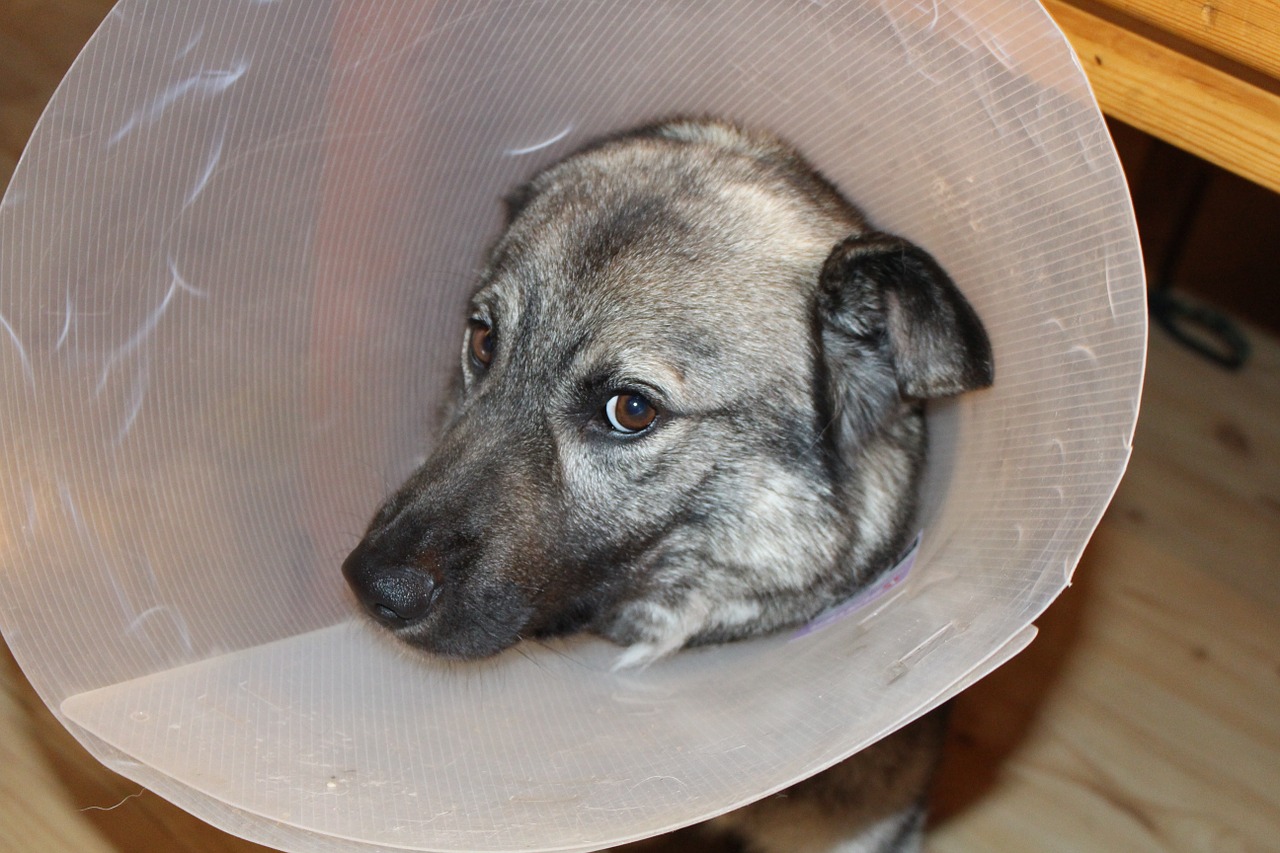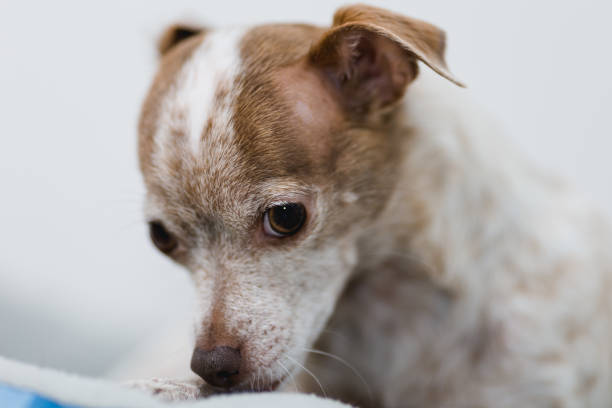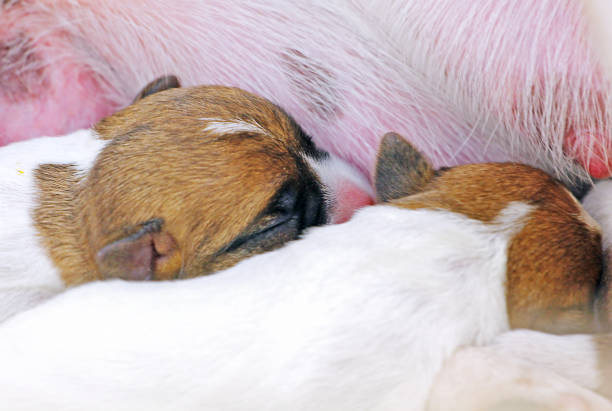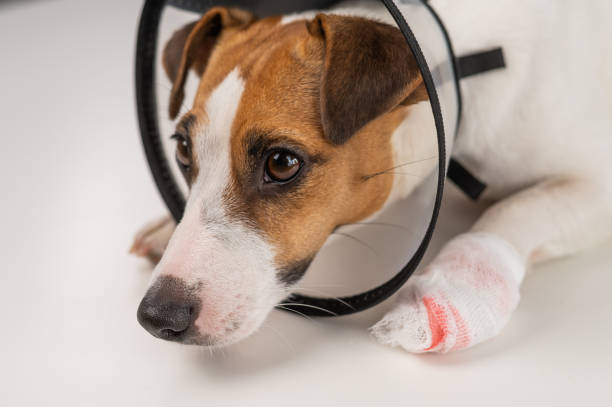Wobblers Disease in Dogs – Symptoms and Treatment
This post contains affiliate links. This means I will make a commission at no extra cost to you should you click through and make a purchase. Read the full disclosure here.
Wobblers disease, also known as cervical spondylomyelopathy (CSM), is a condition that affects dogs, particularly large and giant breeds. It is a spinal disorder that leads to compression of the spinal cord and causes neurological symptoms. Understanding the symptoms and treatment options for Wobblers disease is crucial for dog owners to ensure the well-being of their furry companions.
1. What is Wobblers Disease?
Wobblers disease is a condition that primarily affects the cervical (neck) region of a dog’s spine. It causes instability and compression of the spinal cord, leading to a range of neurological symptoms. The term “Wobblers” refers to the unsteady and wobbly gait commonly observed in affected dogs.
2. Causes and Risk Factors
The exact cause of Wobblers disease is not fully understood. However, several factors contribute to its development. These may include genetic predisposition, rapid growth, trauma, nutritional imbalances, and abnormalities in the development of the vertebrae.
3. Symptoms of Wobblers Disease
Dogs with Wobblers disease may exhibit various symptoms, including:
3.1 Wobbly Gait
One of the primary signs of Wobblers disease is an unsteady gait. Dogs may have difficulty walking in a coordinated manner and may stumble or fall frequently.
3.2 Neck Pain and Stiffness
Affected dogs may experience pain and stiffness in the neck area. They may show signs of discomfort when moving their head or when the neck is touched.
3.3 Weakness and Muscle Atrophy
Wobblers disease can cause weakness and muscle atrophy in the affected limbs. Dogs may have difficulty getting up, climbing stairs, or performing physical activities they previously enjoyed.
3.4 Coordination and Balance Issues
The compression of the spinal cord can lead to coordination and balance problems. Dogs may struggle to maintain their balance, resulting in frequent falls or stumbling.
4. Diagnosing Wobblers Disease
To diagnose Wobblers disease, a veterinarian will perform a thorough physical examination and may recommend additional tests such as:
4.1 Radiographs (X-rays)
X-rays can help identify any abnormalities or structural changes in the spine that may be indicative of Wobblers disease.
4.2 Magnetic Resonance Imaging (MRI)
MRI scans provide detailed images of the spinal cord and surrounding structures. They can help visualize compression and identify the specific location of the affected area.
4.3 Myelography
Myelography involves injecting a contrast dye into the spinal canal, followed by X-rays or a CT scan. It helps in identifying the presence and severity of spinal cord compression.
5. Treatment Options
Treatment for Wobblers disease depends on the severity of the condition and the individual needs of the dog. The main treatment options include:
5.1 Medication and Pain Management
Non-steroidal anti-inflammatory drugs (NSAIDs) and pain medications can help manage discomfort and reduce inflammation in the affected area.
5.2 Physical Therapy and Rehabilitation
Physical therapy, including exercises and stretches, can improve muscle strength and flexibility. It also helps with coordination and balance.
5.3 Surgical Intervention
In severe cases of Wobblers disease, surgical intervention may be necessary. The goal of surgery is to alleviate spinal cord compression and stabilize the affected area.
6. Post-Treatment Care
After treatment, dogs with Wobblers disease require ongoing care and monitoring. This may include regular follow-up visits to the veterinarian, medication administration, physical therapy sessions, and lifestyle adjustments.
7. Preventive Measures
While it may not be possible to completely prevent Wobblers disease, certain measures can help reduce the risk. These include providing a balanced diet, avoiding excessive growth rates in puppies, and ensuring proper exercise and weight management.
8. Living with a Dog with Wobblers Disease
Living with a dog diagnosed with Wobblers disease requires patience, understanding, and a few modifications to the living environment. Providing a safe and comfortable space, along with regular exercise and mental stimulation, can improve the quality of life for affected dogs.
9. Diet and Nutrition for Wobblers Disease
A balanced diet plays a crucial role in the overall well-being of dogs with Wobblers disease. Consulting a veterinarian or a veterinary nutritionist can help determine the appropriate diet and nutritional supplements for the specific needs of the dog.
10. Supportive Devices and Equipment
Supportive devices such as harnesses, slings, and wheelchairs can assist dogs with Wobblers disease in maintaining mobility and stability. These devices provide support and prevent further injury during physical activities.
11. When to Consult a Veterinarian
If a dog shows any signs of Wobblers disease, such as an unsteady gait, neck pain, or weakness, it is essential to consult a veterinarian promptly. Early diagnosis and treatment can significantly improve the prognosis and quality of life for the affected dog.
Conclusion
Wobblers disease is a spinal disorder that affects dogs, causing instability and compression of the spinal cord. Prompt diagnosis and appropriate treatment are crucial for managing the condition and improving the well-being of affected dogs. By understanding the symptoms, treatment options, and preventive measures, dog owners can provide the necessary care and support to their furry companions.
Frequently Asked Questions (FAQs)
Q1: Can Wobblers disease be cured?
A1: While Wobblers disease cannot be completely cured, proper treatment and management can help alleviate symptoms and improve the dog’s quality of life.
Q2: Are certain dog breeds more prone to Wobblers disease?
A2: Yes, large and giant breed dogs are more susceptible to Wobblers disease. Breeds such as Great Danes, Doberman Pinschers, and Mastiffs are commonly affected.
Q3: Can Wobblers disease be prevented?
A3: While it may not be possible to prevent Wobblers disease entirely, certain preventive measures, such as proper nutrition and controlled growth rates, can reduce the risk.
Q4: Is surgery the only treatment option for Wobblers disease?
A4: Surgery is not always required for Wobblers disease. The treatment approach depends on the severity of the condition and may include medication, physical therapy, or a combination of different therapies.
Q5: Can a dog with Wobblers disease lead a normal life?
A5: With appropriate treatment, care, and lifestyle adjustments, dogs with Wobblers disease can lead fulfilling lives. It is essential to work closely with a veterinarian to manage the condition effectively.














